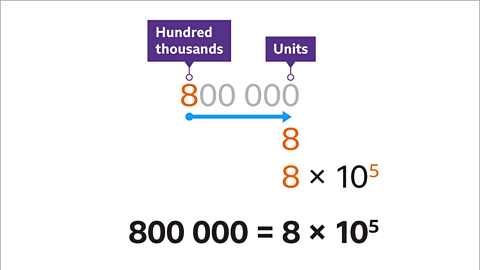Before reading this guide, it may be helpful to read the guide from Module 3 (M3) on solving equations using fractions and the guide from Module 6 (M6) on changing the subject of the formula.
Changing the subject of a formula
In most formulas, one variable is by itself on the left-hand side (LHS) of the formula. This variable is the subject of the formula.
Changing the subject of the formula is a process of rearranging a formula so that a different variable is the subject.
Formulas with squares and square roots
Squaring a number and taking the square root of that number are inverse operations. We use this concept when changing the subject of formulas containing squares and square roots.
Example
Make \(x\) the subject of the formula \(\sqrt{x^{2} + a} = b\)
Solution
\(\sqrt{x^{2} + a }= b\)
The target subject \(x\) is under a square root sign
- Square both sides
\(x^{2} + a = b^{2}\)
- Rearrange
\(x^{2} = b^{2} – a\)
- Take the square root of both sides
\(x = \sqrt{b^{2} – a}\)
Answer
\(x = \sqrt{b^{2} – a}\)
Question
Make \(y\) the subject of the formula \(\sqrt{y + a} = b\).
Answer
\(\sqrt{y + a} = b\)
- Square both sides
\(y+ a = b^{2}\)
- Rearrange
\(y = b^{2} – a\)
Formulas where the target subject appears twice
In a formula where the target subject appears twice, it may be necessary to factorise at some point in the process.
Example
Make \(y\) the subject of the formula \(y – 2t = p – ny\)
Solution
- Rearrange to bring all the terms in \(y\) to the left-hand side (LHS) of the formula
\(y + ny = 2t + p\)
– Factorise to give a single \(y\) in the formula.
\(y(1 + n) = 2t + p\)
- Divide across by \((1 + n)\)
\(y = \frac{2t + p}{1 + n}\)
Answer
\(y = \frac{2t + p}{1 + n}\)
Example
Make \(d\) the subject of the formula \(c = \frac{de}{g + d}\)
Solution
- First, eliminate the fraction by multiplying across by \((g + d)\)
\(c (g + d) = de\)
- Multiply out the bracket
\(cg + cd = de\)
- Bring all terms in \(d\) to the left-hand side (LHS)
\(cd – de = –cg\)
- Factorise to give a single \(d\)
\(d(c – e) = –cg\)
- Divide across by \((c – e)\)
\(d = \frac{–cg}{c – e}\)
Answer
\(d = \frac{–cg}{c – e}\)
Question
Make \(y\) the subject of the formula \(\frac{ay + b}{b} = 5 – 3y\).
Answer
- Multiply across by \(b\)
\(ay + b = 5b – 3yb\)
- Bring all terms in \(y\) to the left-hand side (LHS)
\(ay + 3yb = 5b – b\)
- Factorise the LHS and simplify the right-hand side (RHS)
\(y(a + 3b) = 4b\)
- Divide across by \((a + 3b)\)
\(y = \frac{4b}{a + 3b}\)
Test yourself
More on M7: Algebra
Find out more by working through a topic
- count4 of 4
